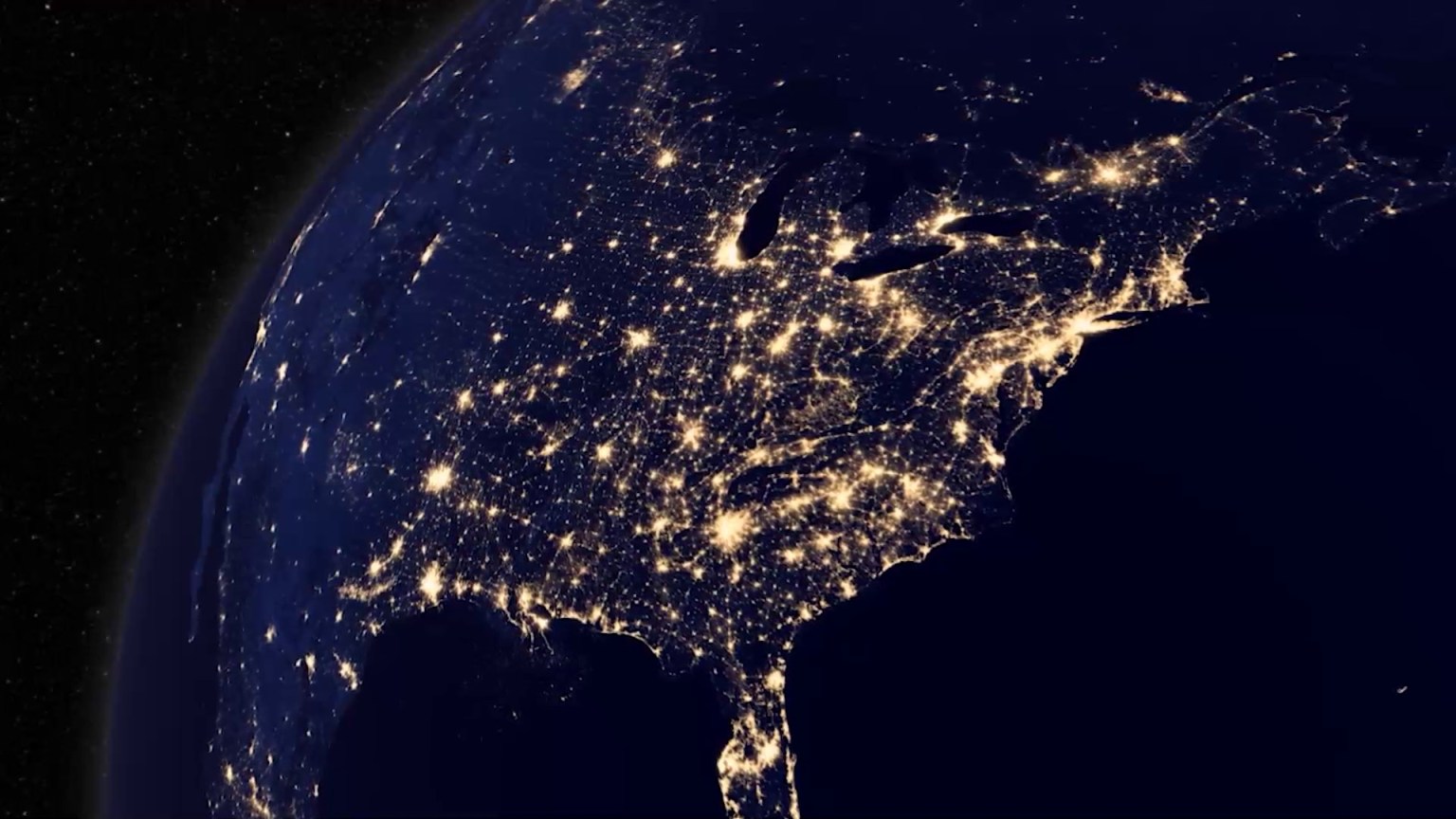Delivering Science to the Moon
Intuitive Machines’ first robotic flight to the Moon’s surface, part of NASA’s CLPS
(Commercial Lunar Payload Services) initiative, will transport science to Moon.
Intuitive Machines’ first robotic flight to the Moon’s surface, part of NASA’s CLPS
(Commercial Lunar Payload Services) initiative, will transport science to Moon.




NASA Sets Coverage for Ocean, Atmosphere, Climate Mission
NASA Shares Assignments for its SpaceX Crew-9 Space Station Mission
February’s Night Sky Notes: Constant Companions: Circumpolar Constellations, Part I
NASA to Study Effects of Radio Noise on Lunar Science

OpenET Moisture Measurement Tool is Proving Highly Accurate
ARTICLE
Discovery Alert: A ‘Super-Earth’ in the Habitable Zone
ARTICLE
OpenET Moisture Measurement Tool is Proving Highly Accurate
ARTICLE
OpenET Moisture Measurement Tool is Proving Highly Accurate
ARTICLEWhat are some skywatching highlights in February 2024? Venus begins its exit from the morning sky, as Mars makes its comeback. Plus, now through May is a good time to observe spiral galaxy M81.
Skywatching ResourcesThis new NASA Hubble Space Telescope image shows ESO 185-IG013, a luminous blue compact galaxy (BCG). BCGs are nearby galaxies that show an intense burst of star formation. They are unusually blue in visible light, which sets them apart from other high-starburst galaxies that emit more infrared light

For more than 50 years, NASA satellites have provided data on Earth's land, water, air, temperature, and climate. NASA's Earth Information Center allows visitors to see how our planet is changing in six key areas: sea level rise and coastal impacts, health and air quality, wildfires, greenhouse gases, sustainable energy, and agriculture.
Start Exploring


